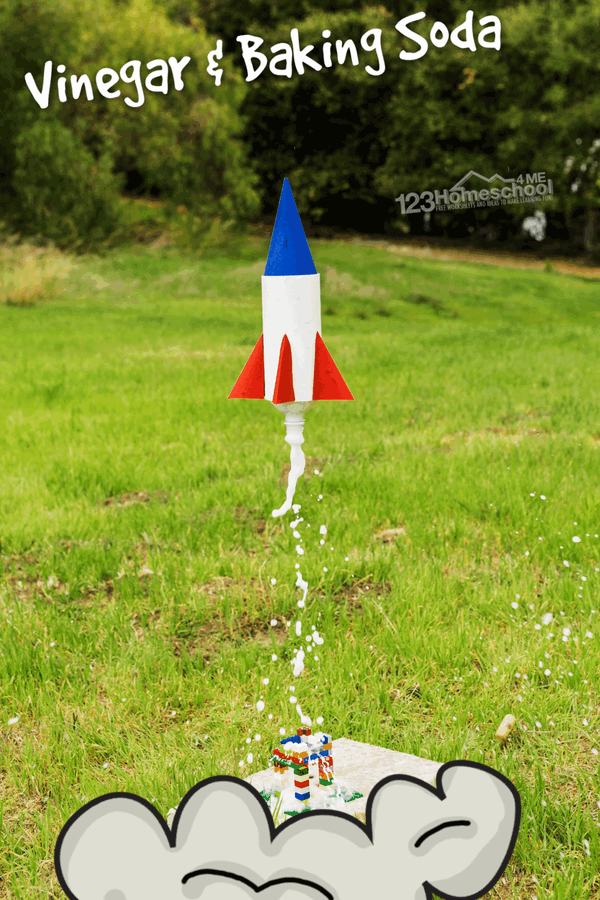Teach kids about science with asimple science experimentthat will leave kids curious and ready to experiment.
Thissurface tension experimentuses a couple simple materials to help teachsurface tension for kidsin only 5 minutes!
Surface tension for kids
Try this quicksurface tensions experimentto teach children aboutsurface tension for kids.

What is surface tension
Water molecules like to stick together.
On the surface where the water meets the air, water molecules cling even more tightly to each other.
This is calledsurface tension.

These two things cause the attraction between the water molecules to lessen.
When the cotton ball first hits the cold water, it is lighter than the water and floats.
Then, water starts to slowly creep into those air pockets and replace the air.

This causes the cotton ball to eventually sink.
This is caused because the surface tension of the water is lower in this glass.
This makes the water move into the cotton balls much faster.

Try this experiment again by adding a couple drops of dish detergent to a glass of cold water.
Compare the rate the cotton ball sinks to the plain cold water and/or the hot water.
What are the results and why?

Drop a cotton ball into each of the glasses at the same time.
Notice what happens to the cotton balls.
Do they sink or float?

Does one sink faster than the other?
Heres a hint: What you are observing is a result of the surface tension of water.
Youve GOT to try some of theseoutrageously funscience experiments for kids!








